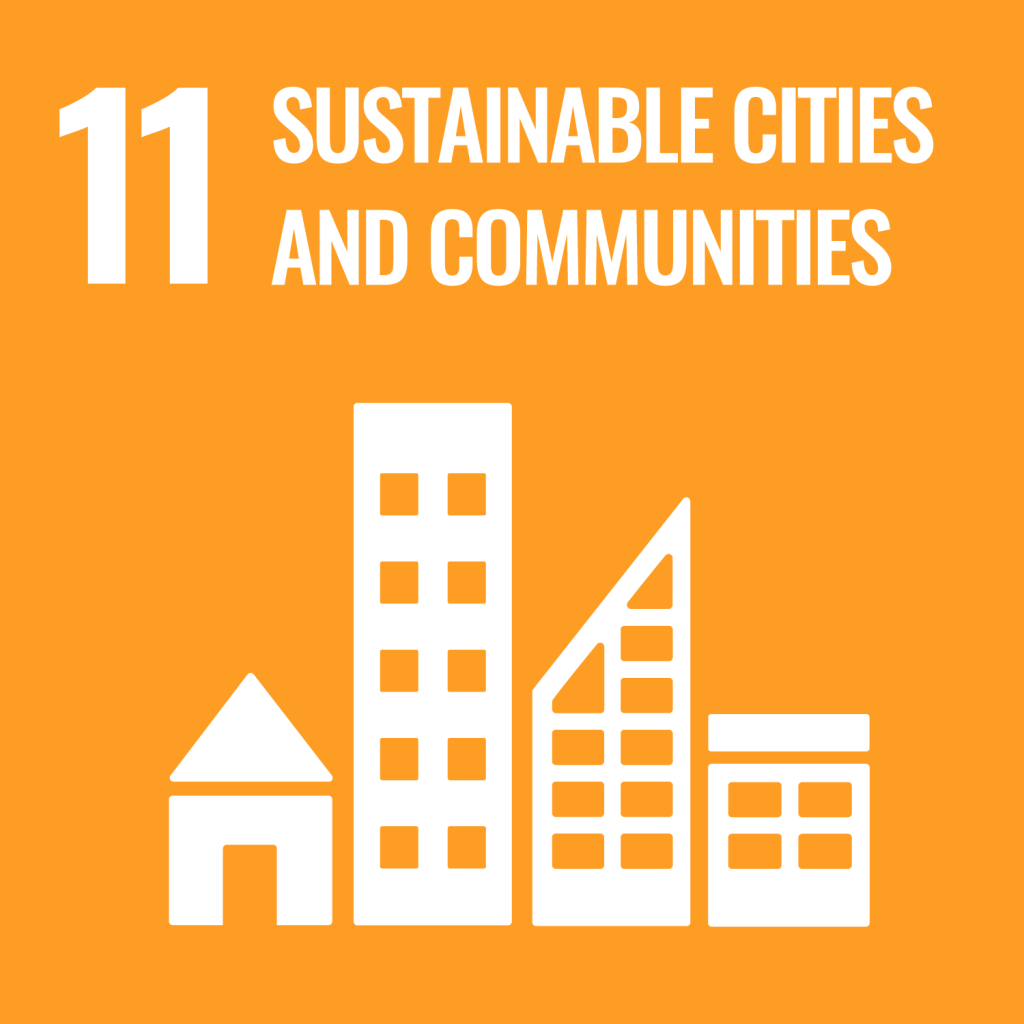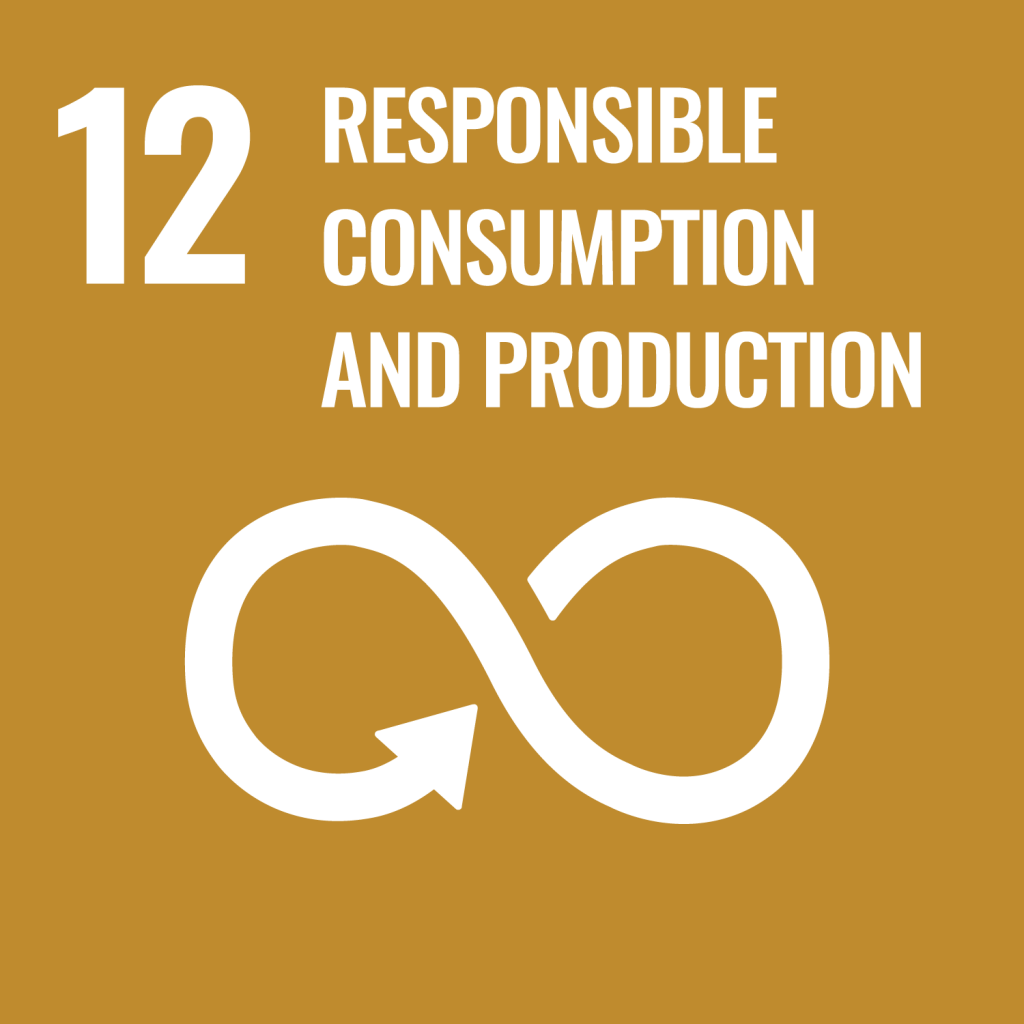FRUTICHIPS S.A.S
Micro (1-9) Employees
Secondary
Manufacturing
Lesson
The opportunities to fill a gap that contribute to a circular economy are possible at all scales, including finding a niche, small market working with community members. Trust building is central to these initiatives as it strengthens the business by finding support from its suppliers that take additional steps to secure necessary inputs and establish new waste management routines and circular processes with local inputs.
Background
FrutiChips, a family business created five years ago, produces dehydrated fruits by utilizing the surplus in local agricultural production. The small company pursues innovation through its ecological, biodegradable packaging and its use of local supplies to make its dehydrated fruits. FrutiChips is the only company of its kind in the region, and, notably, it has introduced a circular business practice to this area.



Sustainability Story
The company’s beginning originated in seeking an alternative use for agricultural production surpluses that end up being lost as waste due to their expensive marketing cost. This is a common problem in the crop supply chain in small producer regions where quality requirements and/or volumes planned for local or international markets cause crops to be discarded.
The practice of dehydration was introduced through a homemade process with an at-home oven and a fan. Through trial and error, the point of dehydration was tested, and samples were offered to family and friends until the product, which is healthy and natural, was perfected. Since then, it has been established as a small family business with a circular micro-manufacturing model in an agricultural area.
FRUTICHIPS S.A.S Practices
| Manufacturing and Waste |
|---|
| Collect agriculture product surplus from farming community to divert it from becoming food waste by manufacturing high quality local edible products such as chips, snacks and juices. |
Pathway Map
Manufacturing food waste
View the Pathway MapEnabling Factors for Practices
| Internal to the organization | External to the organization |
|---|---|
| Local networks: The opportunity to open the market with the support of local partners of the agricultural industry, allowing them to leave the region and be able to market the product at a national level and export the product internationally. | Local government support: Departmental and municipal support for increased access to economic resources and advice to strengthen the business. |
| Private public company: This actor allowed to technify the production and commercialization (support in the elaboration of the nutritional table and the bar codes). | |
| Chamber of Commerce: The Chamber of Commerce granted support for the commercialization of the product and provided advice and accompaniment for the company. |
Arresting Factors for Practices
| Internal to the organization | External to the organization |
|---|---|
| Financial resources: To be able to have its own production plant which could guarantee a greater production to expand the market. | Equipment: The difficulty to be able to acquire the necessary equipment to be able to carry out the dehydration process of the fruit since the required equipment must be imported at a high price. |
| Lack of incentives: There is still no incentive for the government to be able to import this equipment at a low import tariff. | |
| Market: Ignorance about the benefits of consuming this kind of snack. | |
| Supply chain: Not having fixed suppliers that guarantee the continuity of the product and its quality. |
Lesson for Disaster Risk Reduction
The impact on disaster risk is limited to the production of the product due to the impact on suppliers, and it’s heightened during the rainy seasons due to the loss of crops due to flooding.
This business works with many local growers and knows the community, needs, practices and challenges very well, such a small and important business can become an agent to convene the community of growers in thinking about practical approaches to disaster preparedness, communicate new tests and practices from different farms and also become an important key informant for organizations seeking to better understand risk and support local governance of disaster risk.
